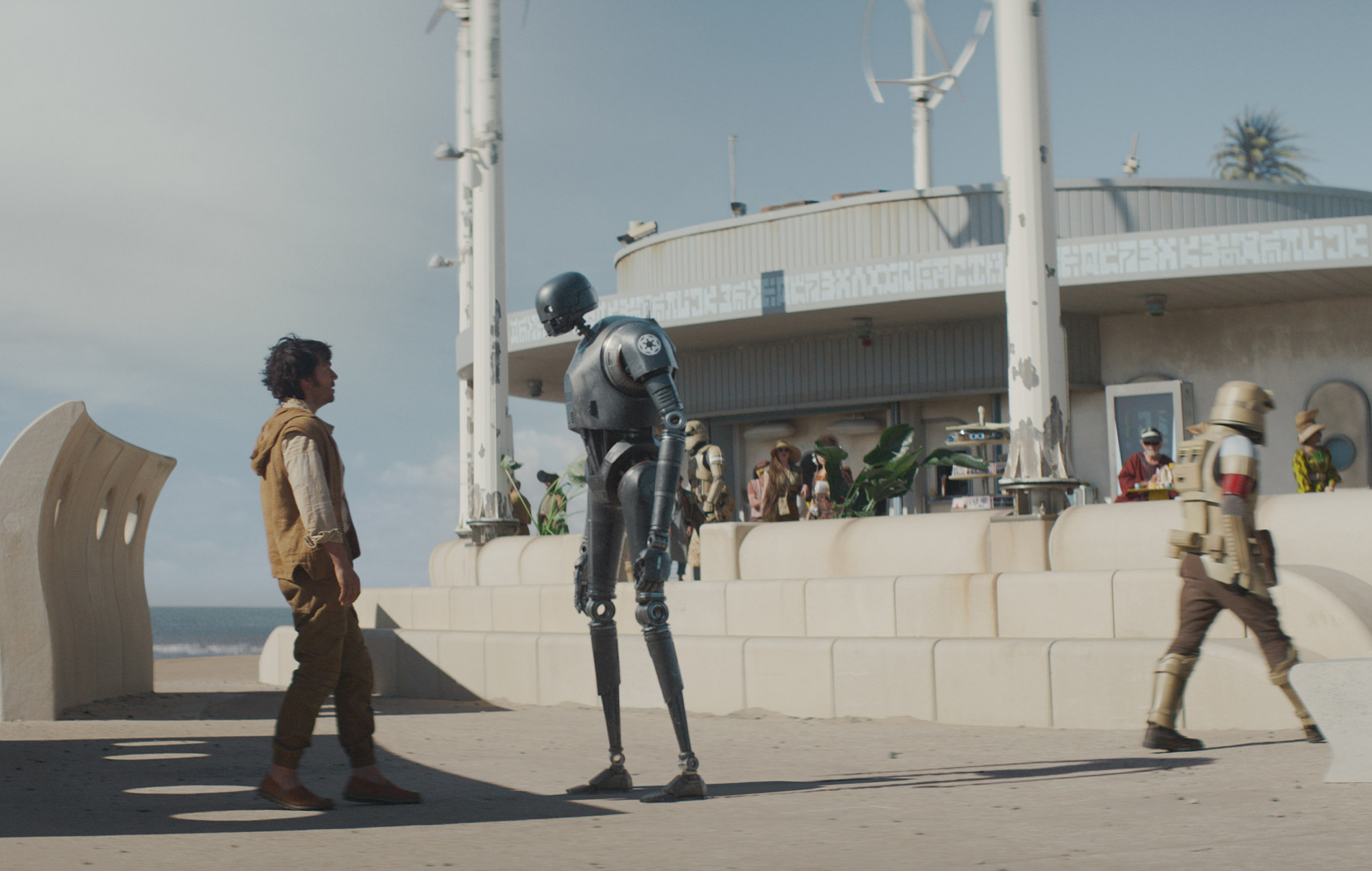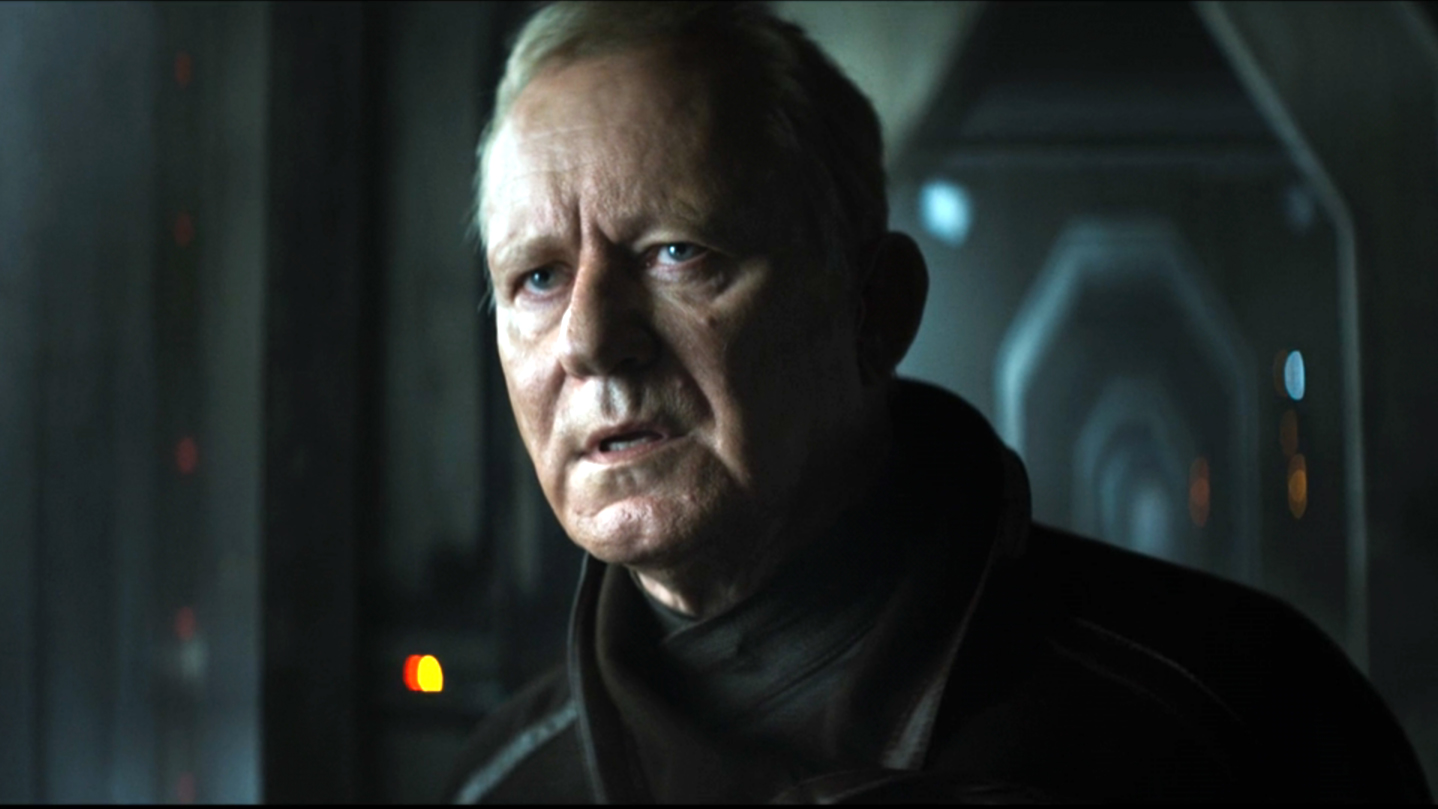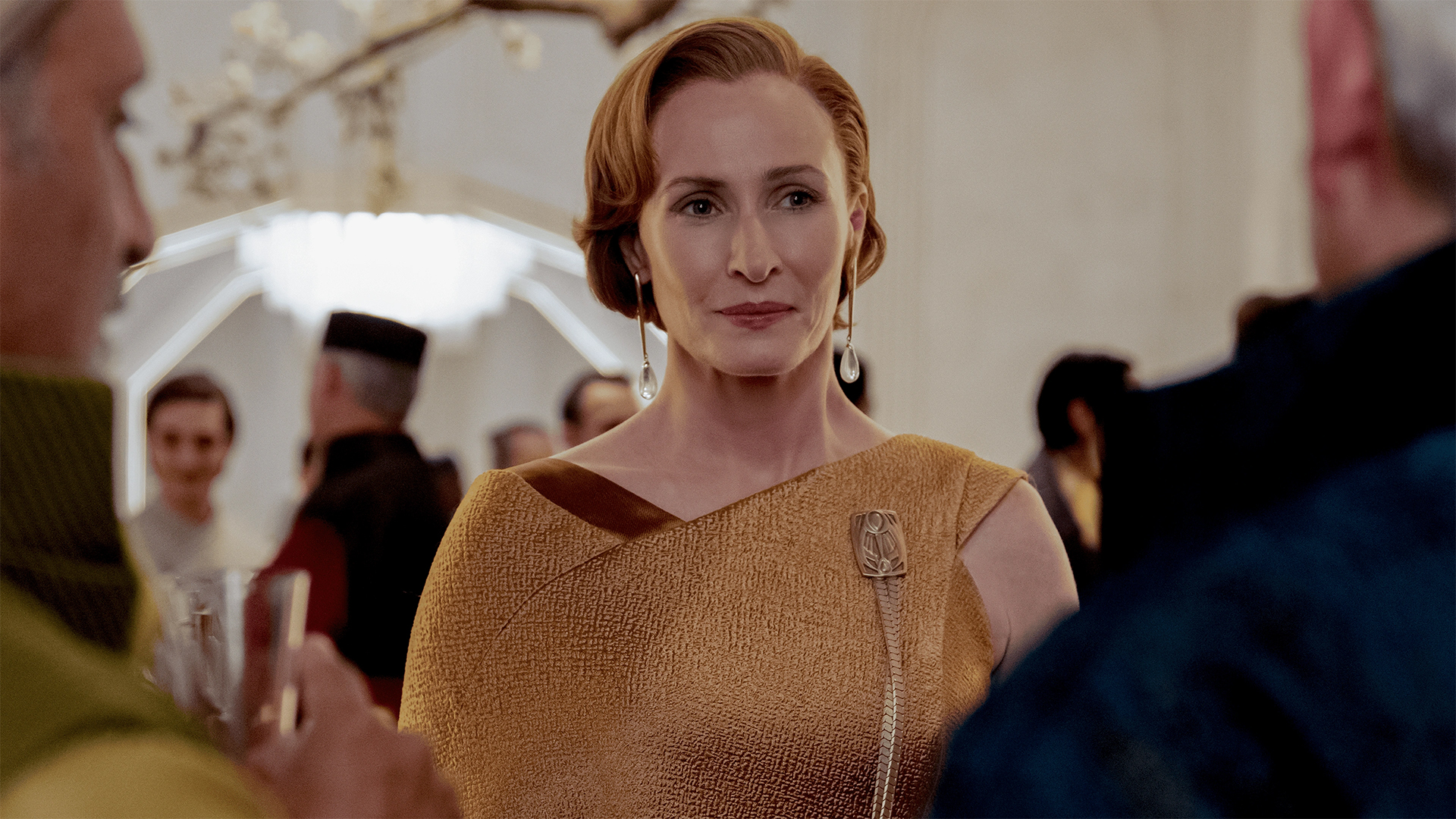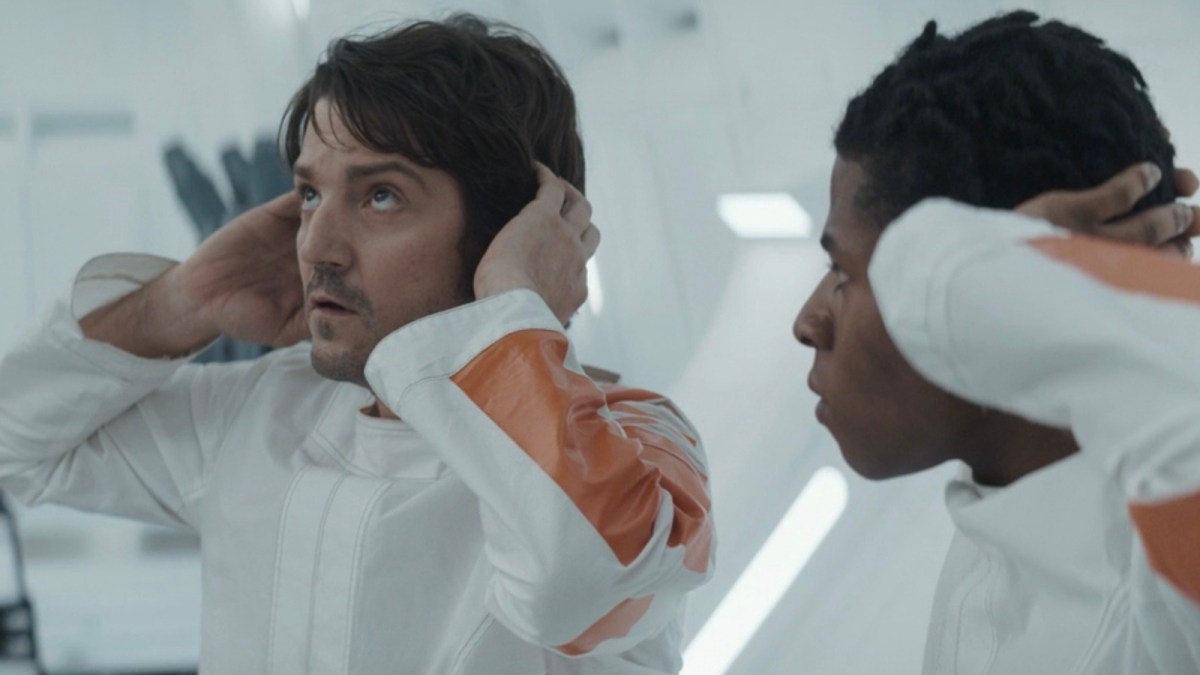Andor is a tremendous creative success for Disney, and there is some sense that the company is aware of that.
Of course, it must be acknowledged that the show doesn’t appear to have the same viewership as previous Star Wars shows like The Mandalorian or Obi-Wan Kenobi. As such, the default assumption would be that Disney will largely ignore Andor in favor of offering more of the generic “content soup” that seemed to fare better with audiences. That’s an undeniably depressing thought, the possibility that Disney might treat The Book of Boba Fett as an aspirational object while ignoring Andor.
However, it is worth conceding that projects like Andor have value to the corporate brand beyond their immediate viewership figures. This is particularly true in a climate where viewing figures are decidedly opaque, often extrapolated and estimated by outside parties with limited data. This isn’t to imply that the work of companies like Nielsen or Parrot Analytics has no value, simply that the nature of streaming has never been directly comparable to overnight ratings or weekend box office.
This is why there was an arms race between the various streaming services to win the Best Picture Oscar, with Netflix and Amazon spending huge sums of money to both make and market films hoping to claim the trophy. These services chased the validation of a system they planned to dismantle, and they eagerly disregarded their own release model and propped up cinemas to get them closer to the statue. It was almost funny that Apple beat both Amazon and Netflix to the prize.
This sort of credibility has a great deal of value, even to a company like Disney. This may explain why Kevin Feige seems so preoccupied with what he believes to be the “genre bias” of the Academy Awards. It doesn’t matter that comic book films like Black Panther and Joker both received Best Picture nominations, just like it doesn’t matter that Spider-Man: Into the Spider-Verse won Best Animated Film or that Spider-Man: No Way Home made $1.9B. It still “deserves” awards validation.

Interestingly, Disney has never actually won the Best Picture Oscar. It often seems like the studio isn’t entirely sure how to handle the actual awards-friendly films it inherited from Fox, like Wes Anderson’s The French Dispatch or Steven Spielberg’s West Side Story. Instead, the company often throws its money behind populist projects like Eternals, films that may involve talented (and even Oscar-winning) filmmakers, but have no material chance of getting into the race.
For better and for worse, Disney seems to believe that it can earn credibility through its established intellectual property. To a certain extent, this strategy has been borne out with its streaming shows. In 2021, The Mandalorian tied with The Crown for the most nominations at last year’s Emmy Awards. WandaVision placed just behind. These results were promising, particularly given the flagship status of both The Mandalorian and WandaVision to the company’s brands.
However, there are some important caveats. WandaVision did not win any of the awards for which it was nominated. More than that, WandaVision was clearly an exceptional case. It received 23 nominations, while The Falcon and the Winter Soldier received only five. The following year, the company had to split 19 nominations across four different shows, failing to break into any of the big acting or drama categories. As such, Disney+ cannot coast on that level of success.
This gets at why Andor might be important to Disney. The show has received nearly universal critical acclaim, which sets it in marked contrast to the more divided response that had greeted most of the company’s recent output. There is undoubtedly some benefit to having a critically acclaimed show that is tied to one of the studio’s core brands, particularly one that has been as creatively and commercially troubled as Star Wars. To put it simply, it is nice to have a show that people like.

Again, Disney seems to be aware of this. Disney made a point of screening Andor for critics ahead of broadcast. The company avoided screeners for previous Star Wars shows, often hiding behind the language of spoilers as a justification. However, such talk is often just a marketing strategy. As a rule, the further a company screens a movie or television show ahead of release, the more comfortable it feels about it and the less worried it is about the possibility of a negative reaction.
The company also took the unprecedented step of airing the first two episodes of Andor on ABC, FX, Freeform, and Hulu over Thanksgiving, suggesting the company expects Andor to be more potentially attractive to non-subscribers than Obi-Wan Kenobi. The assumption would be that a person who watched two episodes of Andor on another service is more likely to sign up to Disney+ than somebody subjected to two episodes of The Book of Boba Fett.
Andor might serve a pragmatic purpose for Disney, as the company needs to grow its service. In pre-release press, showrunner Tony Gilroy argued that he wanted to make a show for the “Star Wars hesitant, or Star Wars averse, or Star Wars reluctant.” Discussing the show’s relatively low ratings, Gilroy seemed to suggest the approach worked, explaining, “We ended up with all this critical praise, all this deep appreciation and understanding from (a) really surprising number of sources, and we’re chasing the audience.”
In essence, Andor is Star Wars for people who didn’t instinctively sign up for Disney+. All this suggests that the company is reasonably and justifiably proud of Andor, in spite of its perceived underperformance, with Gilroy contending that “everybody seems pretty pleased” with how it worked out. So, what next? How does the company capitalize on the success of Andor? Can the company apply the lessons learned from working on the series to its other properties?

The most obvious and superficial answer to that question would be to suggest that Disney should produce more shows that are superficially similar to Andor, that share a similar aesthetic and tone. However, this is a shallow understanding of what made Andor such a hit, one that makes the same mistake that Disney has made with so much of its content, treating the conveyor belt sequence in Attack of the Clones as an artistic aspiration.
Disney’s tendency has always been to replicate and mass-produce what already worked for it. There is a reason that every subsequent Marvel Studios film has the same sort of loose improvisational comedy that worked so well in Iron Man, even if it doesn’t fit in the movie being produced. Andor worked in large part because it was unique. It gels with what came before, but it also has a distinct perspective and outlook. It stood apart from the crowd and leaned into its own interests.
Andor worked because it was a show from a very talented collection of writers and directors, who worked to their own strengths and preoccupations. Andor exists somewhere in the space between George Lucas’ Star Wars and Tony Gilroy’s Michael Clayton, and it works because it is Tony Gilroy navigating that line. It would be a mistake to assume that the end result is something that can be reduced to an algorithmic formula. Instead, it’s the result of a creative-friendly process.
This is the lesson that Disney should take from Andor. It should learn to trust creatives again. It should hire talented writers and directors with strong visions and trust them to follow those ideas to their logical conclusions. This has been a common problem with Disney’s brands. Marvel alienated directors like Patty Jenkins, Ava DuVernay, Edgar Wright, and Lucrecia Martel. Lucasfilm parted ways with creators like Phil Lord and Chris Miller, Oscar nominee Hossein Amini, and potentially Jenkins again.

There is admittedly some risk in this, and Disney is a famously risk-averse company that is strangely susceptible to the winds of online opinion. Disney fired James Gunn from Guardians of the Galaxy Vol. 3 in response to a bad-faith attack from right-wing trolls, only to later realize its mistake and reinstate him. Given how fickle Disney can be, it’s easy to understand why the company might be so reluctant to trust and empower creators to make art with a strong and distinctive perspective.
After all, it’s worth reflecting putting this all in context. The first three Star Wars films released by Disney were spectacularly successful. The third, Rian Johnson’s The Last Jedi, opened to rave reviews and an “A” CinemaScore, going on to become the highest-grossing movie of 2017 and the bestselling Blu-ray of 2018. Any blockbuster franchise would aspire to success like that, would just ignore the vocal response from certain sections of the internet reacting against Johnson’s vision.
However, in the aftermath of The Last Jedi, Disney sanded down its Star Wars franchise. Solo: A Star Wars Story stripped the brand of any artistic identity or any event status. The Rise of Skywalker was an abomination that seemed designed to be the anti-Last Jedi. Shows like The Mandalorian, The Book of Boba Fett, and Obi-Wan Kenobi rejected the idea of a distinct artistic identity in favor of offering shapeless content. Johnson’s long-gestating Star Wars trilogy has yet to move forward.
It’s no coincidence that the last two critically acclaimed and enthusiastically embraced live-action Star Wars projects came from two very different creators with very strong visions, even if those visions upset a certain vocal segment of the audience. If Disney wants a model to produce more consistently compelling and engaging media, whether for its Star Wars brand or for other intellectual properties, it already has a template that works. It just has to trust it. It might be its only hope.






Published: Nov 26, 2022 11:00 am